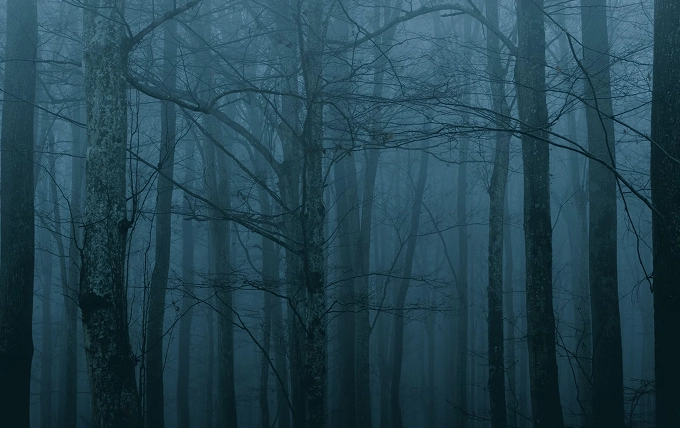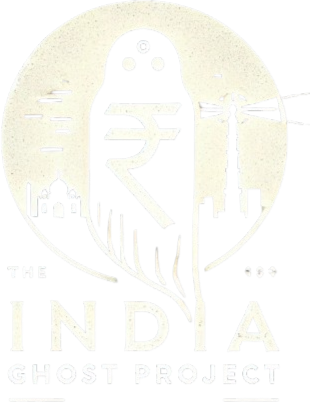

- Rajasthan
- Issued on
Along the national highway near Pali, Rajasthan, a peculiar shrine draws daily offerings of flowers, liquor, and whispered prayers. But it is not dedicated to a god or goddess—it honours a man and his machine. The legend of Bullet Baba tells of Om Singh Rathore, a young man who died in a motorcycle accident in the 1980s. His Royal Enfield, however, had other plans.
Local lore says that after his death, the police tried multiple times to remove the bike from the accident site. Each time, the motorcycle inexplicably returned to the same spot by morning. Eventually, the authorities gave up. A small shrine was erected where the bike stood its ground, and over time, it evolved into a full-fledged place of worship.
What’s remarkable is not just the story, but the way it continues to breathe through collective belief. Lorry drivers halt to pray for a safe journey. Locals light incense. Tourists come curious, leave contemplative. In a country saturated with gods, this particular myth has made room for a man, a machine, and the memory of both.
The story of Bullet Baba cuts across the sacred and the secular. It’s a modern ghost story in an ancient land, reminding us that even steel and petrol can carry spirit. The shrine stands not only as a site of worship but also as a site of resistance—against forgetting, against the mundane flattening of grief. Here, ritual springs not from scripture but from repetition, belief, and the power of oral storytelling.
Technology, often seen as sterile or rational, takes on the uncanny. The Royal Enfield becomes more than a vehicle—it transforms into a talisman, a companion in death, a spectral presence on asphalt. For the believers, it is not a ghost story; it is a truth retold every time another garland is placed on the handlebars.
There is something both comforting and eerie about this. The narrative allows us to place our uncertainties—about death, memory, and destiny—into the framework of a story that insists on continuity. Bullet Baba didn’t disappear. He lingered. And through his motorcycle, he continues to haunt, guard, and journey alongside the living.
In documenting this tale, I’m reminded that the paranormal isn’t always about horror or fear. Sometimes, it’s about tenderness—about the ways we cope, remember, and mythologise. The story of Bullet Baba is not just about what happened, but about what people need to believe happened. It sits in that rich, liminal space between folklore and faith, machinery and memory.
Author’s Bio:
Kavita Pandey is a writer and independent researcher based in Udaipur.Her work often weaves together folklore, lived memory, and the textures of everyday belief. Deeply drawn to the blurred lines between the real and the spectral, she explores how personal and collective histories live on through stories, rituals, and material traces. Kavita believes that ghost stories are not just tales of the otherworldly—they are mirrors held up to the emotional landscapes we inhabit. This piece is part of her ongoing engagement with how mythology and memory intersect in contemporary Indian culture.
Read More
The Motorcycle That Wouldn’t Stay Down
Along the national highway near Pali, Rajasthan, a peculiar shrine draws daily offerings of flowers, liquor, and whispered prayers.
Post 10
Lorem ipsum dolor sit amet Lorem ipsum dolor sit amet consectetur. Ridiculus vitae venenatis lorem leo.
